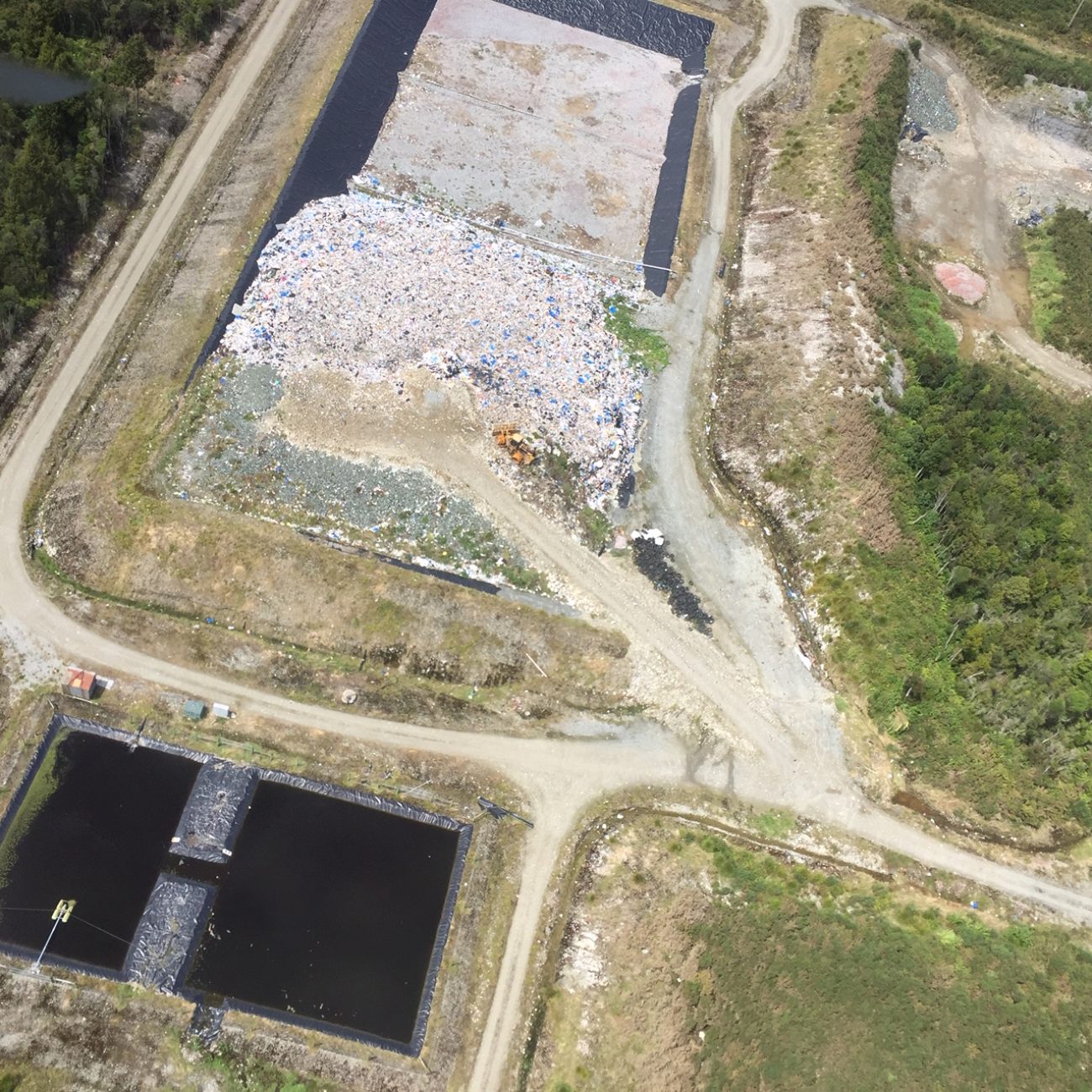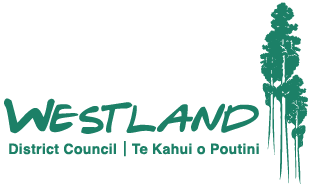A year in the life of Westland waste and recycling.
Have you ever wondered what the quantities of waste and recycling are in our district and what charges are applied by the central government?
Each year on average Westland produces between 3200 and 3700 metric tons of bulk waste. This figure includes recycled material as it is recorded in general waste until it is extracted.
That’s about a ton for each person but the district probably produces even more as the figure doesn’t include farm or rural waste that gets buried in the “Ole Hole out back”!
These figures are collated and captured monthly from our two current landfills – Butlers in Hokitika and the small site in Haast. Each month the waste quantity data must be entered into the Ministry for the Environment (MfE) online waste levy system or portal (OWLs). At this time the amount of recycled material is also collated and the information is used to calculate the government charges and levies imposed on the remaining amount that actually enters the landfill.
Sounds complicated? Before dozing off… here is a practical (averaged at 3500 Tons) breakdown to give perspective –
If 3500 tons is collected or dropped at transfer stations, the usual percentage of recycled material is 18% or 630 tons.
What does that mean in central Government charges and levies to ratepayers?
2870 tons of waste remain. So….
- 2870 tons at current Waste Levy fees ($50 per / T) = $143,500 (This is proposed to increase to $60+).
2870 tons converted to CO2 for carbon credit calculation multiplied by 1.023 = 2936 tons carbon.
- Carbon credit cost of purchasing varies as it’s a market traded commodity. Today its $69.00 each. 2870 tons at $69.00 each = $198,030.
Yes, Westland does get some return from the MfE levy fund for recycling & educational purposes, but the average cost of these two items still remains at $341,530.00 for this year!
That’s if carbon prices don’t rise.
Remember, this has nothing to do with the operational funding required for waste & recycling collection, operation of the transfer stations, cartage of material to landfill, operation of the landfill and resource consent compliance costs for having an operational landfill.
Thank goodness Westland Recyclers are among some of the best in the country. Our current rejection rate is between 6% – 10%.
Any contaminated & rejected recycling goes straight to landfill and is added on the top of the calculated tonnage.
Remember to recycle wherever possible, follow the guidelines to prevent contamination and help to lower future rates costs.

